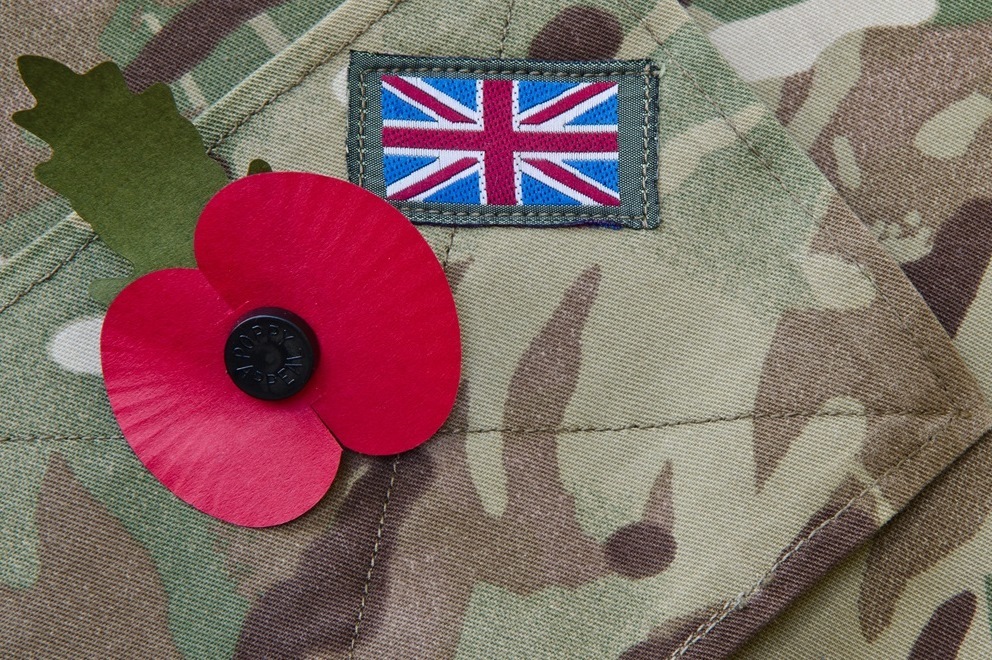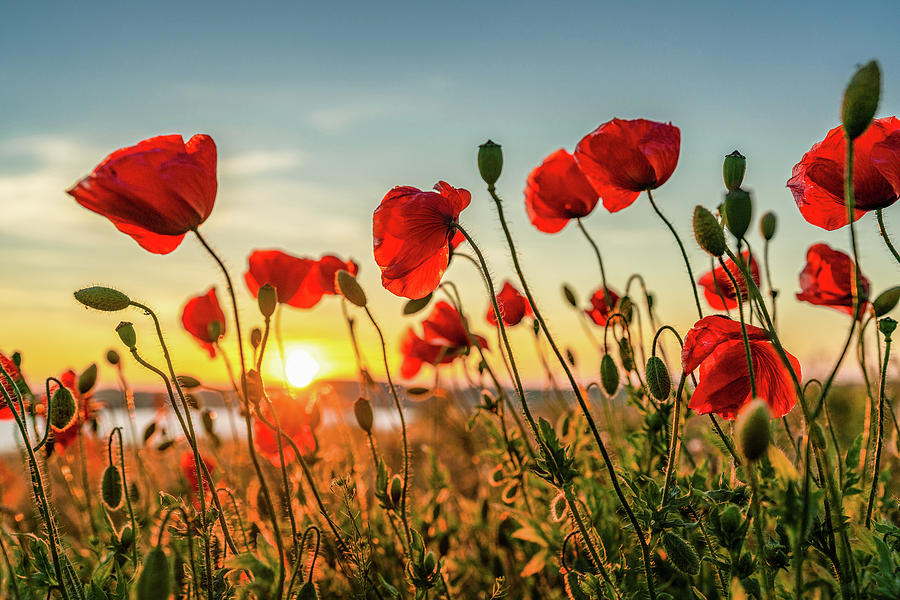


The wars for which the black flowers are worn in remembrance of include the Napoleonic, Crimean and Boer Wars, as well as both World Wars. The initiative, titled “Black Poppy Rose”, was launched in 2010 and aims to make the black poppy a nationwide symbol of remembrance.īlack poppies are intended as a symbol of “pride, honour and glory”, the organisation’s website explained, “with the hope that future generations will be inspired by these largely untold historical legacies”. The black poppy is most commonly associated with the remembrance of black, African, and Caribbean contributions to war efforts dating back to the 16th century. They sell pin badges, wristbands and hand knitted purple poppies that can be worn by both animals and humans. The campaign was spearheaded in 2016 by Murphy’s Army, a West Yorkshire charity group for missing animals. Approximately eight million horses, donkeys, and pigeons were killed in the First World War.

The Purple Poppy Campaign was first founded by Animal Aid, the UK’s oldest and largest animal rights group, in order to remember the millions of animals who were killed during the First World War and to honour the animals in service today. It represents “remembrance for all victims of war, a commitment to peace and a challenge to attempts to glamorise or celebrate war,” the PPU explained. It is sometimes “mistaken as a generic peace symbol”, the PPU’s Campaigns and Communications Manager Symon Hill told Metro, but its symbolism is more specific. The white poppy, on the other hand, was designed by the Co-operative Women's Guild in 1933 and adopted the following year by the Peace Pledge Union (PPU) as a symbol of anti-war and pacifist sentiment. “Poppies were a common sight, especially on the Western Front.” The red flowers “flourished” on the battlefields, and in 1918 campaigners began calling for the poppy to become a symbol of remembrance. The flower’s symbolism “lies in the landscapes of the First World War”, the Imperial War Museum explained. Today it is more commonly used in the UK, Australia, Canada and New Zealand. The red paper poppy was initially adopted as a symbol for those who fought in the First World War, and was introduced by the American Legion in 1921. So what do the different coloured poppies represent? Red They are typically worn “in tribute” to members of the Armed Forces, with the Royal British Legion distributing around 40m poppies a year to raise funds for veterans, said The Independent.īut in recent years, there’s been a growing trend for eschewing the iconic red poppy in favour of other colourful varieties, each representing different causes and ideas. On 11 November and the days around it, red poppies start appearing on coats and jackets, in shops and at train stations. Remembrance Day: why do we fall silent and wear poppies?.The poppy campaign was thus launched internationally, and today, poppies are still distributed to provide assistance for veterans. fundraising visit, took the idea to France, Britain, and Canada. Guerin of France, who had learned of Michae's poppy campaign on a U.S. By 1921, she had launched an initiative to raise funds for disabled veterans by selling silk poppies, supported by the Veterans of Foreign War and the American Legion Auxiliary. After reading McCrae's piece, she wrote a response poem called "We Shall Keep the Faith," in which she pledged to wear the red poppy to celebrate the sacrifice of veterans. The poem reached audiences in a number of allied countries, including the United States, where a humanitarian and YMCA canteen worker named Moina Michael had the idea of promoting the poppy as a symbol of remembrance. "In Flanders Fields" was first printed in December 1915, in the British magazine Punch. McCrae describes the bright red flowers blooming among rows of white crosses, and asks readers not to "break faith with us who die." He wrote the poem from Flanders field, where casualties were later commemorated with a graveyard. The author, Colonel John McCrae, was not a poet but a military surgeon with Canada's First Brigade Military. With their tendency to thrive in disturbed & ravaged land, the poppies would frequently fill European battlefields, but it wasn't until the 1915 publication of "In Flanders Fields," an oft-quoted poem written from the World War I battlefield, that the flower became an emblem of blood spilled in battle, as well as post-war regeneration and hope. Colonel John McCrae's "In Flanders Fields." Photo by: Canada War Museum.


 0 kommentar(er)
0 kommentar(er)
